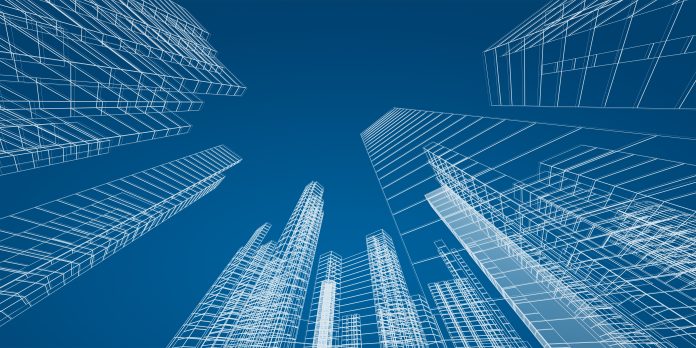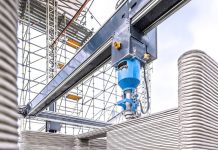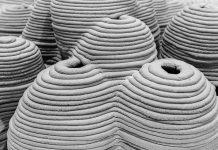According to a recent study by Transparency Market Research, 3D printing in the construction market is estimated to expand at a CAGR of 33%
In the 3D printing technology, along with hardware and materials, software is also an important element for the development of industrial 3D printing operations.
Based on material type, global 3D printing in the construction industry has been classified into concrete, metal, composite, plastic, and others. Among these materials, concrete is largely used for the construction of 3D printed buildings.
Furthermore, based on printing method, global 3D printing in the construction market has been classified into extrusion, power bonding, and others. Among these, the extrusion method is largely adopted, as the material is precisely applied layer by layer to construct buildings or infrastructure in this method. This is helpful to reduce the wastage of construction material and make the process cost-efficient.
3D printing is rising in use in developed countries to construct buildings rapidly and at an affordable cost is expected to fuel the adoption of 3D printing in construction during the forecast period.
Key benefits of 3D printing technology
The use of 3D printing technology helps construct attractive and complex design structures cost-efficiently, as a material is added layer by layer and precisely in this technology.
Additionally, in the 3D printing technology, on-site 3D printing process eliminates several time-consuming steps and makes the 3D printing process quicker. Use of the on-site 3D printing is beneficial, as it reduces the probability of several parts being damaged from transportation and lowers the additional expense on over-engineered parts for protection from transportation. This makes the process more cost-efficient.
3D printing in construction is used in building and infrastructure sectors. The buildings end user segment has been sub-divided into residential and commercial & industrial. Demand for 3D printing is rising in developed countries, as it is helpful to construct buildings and infrastructure accurately by using programming.
Additionally, use of 3D printing technology is helpful in the construction of tall buildings or infrastructure. It reduces the probability of accidents, as it requires less number of workers. Furthermore, governments of several developed countries are planning to construct new buildings, offices, public toilets, and other infrastructure by using 3D printing technology. This is expected to be a prominent factor propelling the global 3D printing in construction market during the forecast period.
3D printing in the construction market: prominent regions
North America is a dominant region of global 3D printing in the construction market. Growth of the market in the region can be attributed to high investments in 3D printing in construction by using the extrusion method to construct buildings in the region. In this technology, various types of materials are used, which include concrete, metals, composites, and plastics.
Concrete material is largely used to construct 3D printed buildings in the region. This is attributable to its easy availability, high quality, and a minimum amount of waste produced during construction. As a result of these benefits, the adoption of concrete materials is driving the demand for 3D printing in construction in North America.
3D printed infrastructures
Additionally, 3D printing technology is also used to construct infrastructures, such as bridges and furniture by using metals or composite materials.
The market in Europe and Asia Pacific is estimated to witness significant growth during the forecast period, owing to high demand for a large number of houses in less time and at an affordable cost in the region. 3D printing in the construction industry in Middle East & Africa and South America is expected to witness moderate growth in the near future.

















